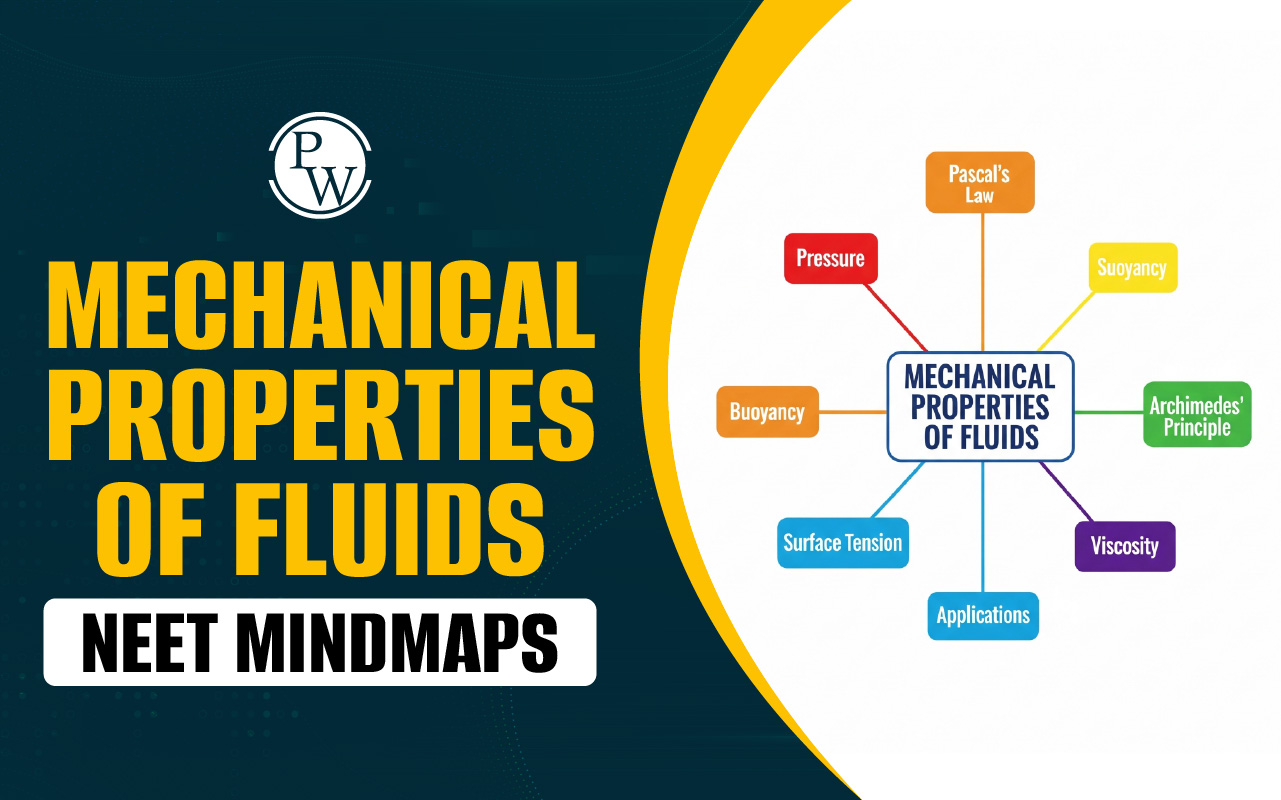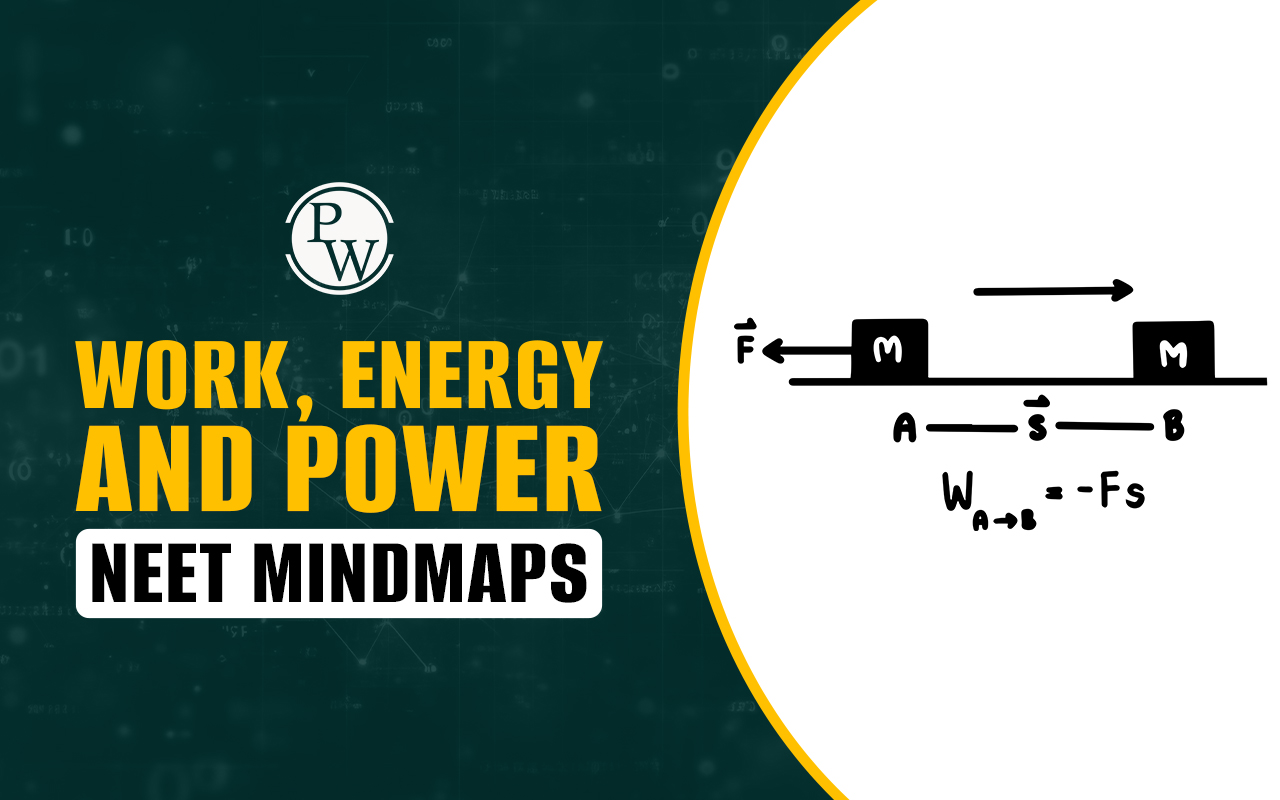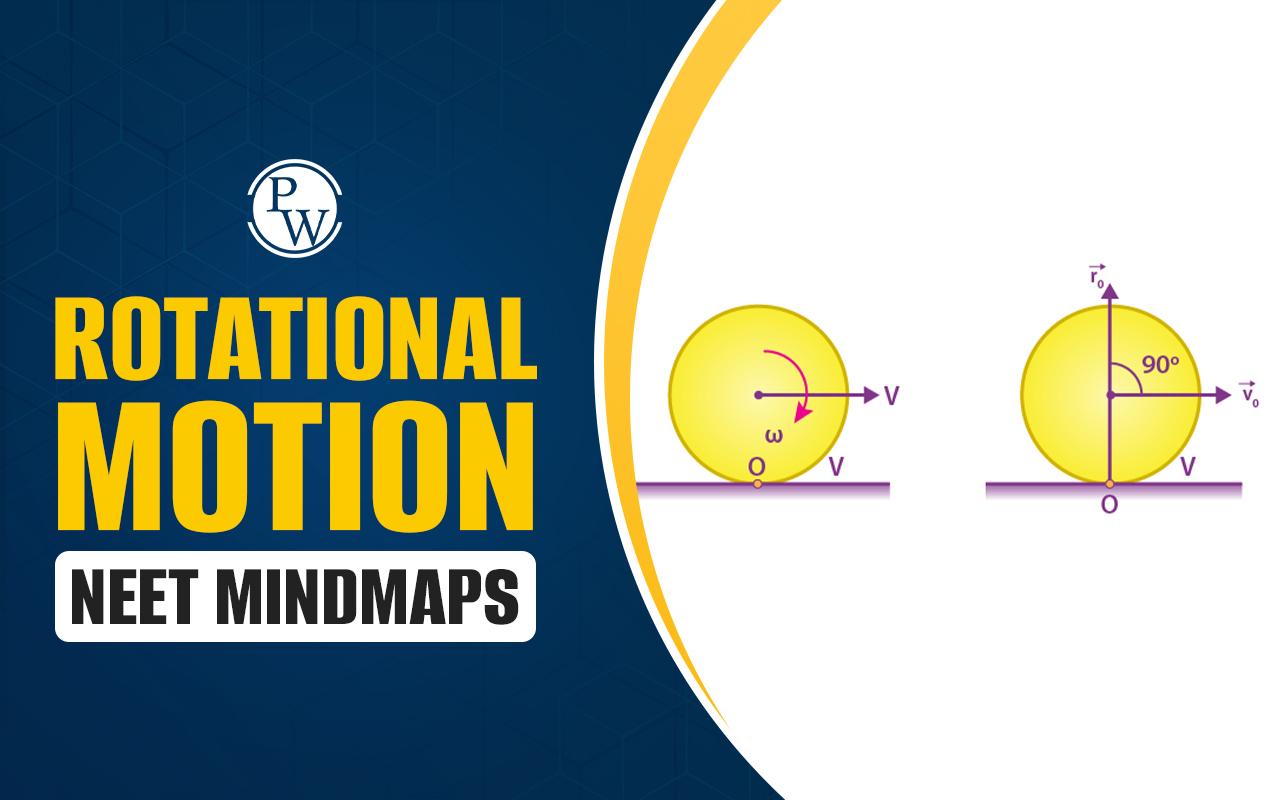

Amitosis is a type of cell division that is distinct from the more common process of mitosis. Unlike mitosis, which is characterized by a series of organized steps, amitosis is a simpler and more direct method of cell division. This process occurs primarily in certain unicellular organisms and in some specialized cells within multicellular organisms. Amitosis is important for the NEET Exam and is included in the NEET syllabus , highlighting its significance in understanding cellular processes.
Amitosis Definition
Amitosis is a simple form of cell division in which the nucleus and cytoplasm of a cell divide directly, without the distinct phases observed in mitosis or meiosis. In this process, the nucleus elongates, constricts in the middle, and splits into two, followed by the division of the cytoplasm, resulting in two daughter cells. Unlike mitosis, amitosis does not involve chromosomal condensation, spindle formation, or the equal distribution of genetic material. It is typically found in some unicellular organisms, such as bacteria and yeast, and certain specialized tissues in higher organisms.Discovery of Amitosis
Amitosis was first described in 1880 by Walther Flemming, the scientist who also documented mitosis and other forms of cell division. In the early stages of cell biology, it was commonly believed that cells could divide both amitotically and mitotically.Process of Amitosis
Amitosis is a straightforward form of cell division characterized by the absence of spindle fiber formation and chromatin condensation. The process involves the direct division of a parent cell into two daughter cells through a series of simplified steps:- Elongation of Parent Cell Nucleus : The nucleus of the parent cell elongates, taking on a dumbbell-like appearance as nuclear material accumulates at both ends. This shape prepares the nucleus for division.
- Replication of DNA: Inside the elongated nucleus, DNA undergoes replication, resulting in a doubling of the genetic material. However, unlike mitosis, there is no structured formation of chromatids or precise segregation mechanisms.
- Karyokinesis : The elongated nucleus then divides into two, though the distribution of DNA between the nuclei may be unequal. Without spindle fibers to guide chromosome movement, the division is random.
- Cytokinesis: After nuclear division, the cytoplasm begins to constrict inward, forming a furrow. This constriction deepens and eventually leads to the separation of the parent cell into two daughter cells.
Significance of Amitosis
The significance of amitosis lies in its unique role in the life cycles of various organisms:- Rapid Division : Amitosis allows for rapid cell division, which is essential for unicellular organisms that need to reproduce quickly in response to environmental changes.
- Adaptation : In multicellular organisms, amitosis can occur in specialized cells, helping them to adapt to specific functions, such as tissue repair.
- Genetic Stability : Although amitosis results in daughter cells that are genetically similar to the parent cell, it allows for quick propagation of cells, especially in conditions where rapid growth is necessary.
- Evolution of New Species : Amitosis contributes to the evolution of new species by fostering genetic diversity. As random genetic variations arise through amitosis, these variations can accumulate over generations.
- Evolution of New Species : Amitosis contributes to the evolution of new species by fostering genetic diversity. As random genetic variations arise through amitosis, these variations can accumulate over generations.
MCQs of Amitosis
Q1. Anastral mitosis is found in:
- Animals
- Higher plants
- Bacteria
- Cyanobacteria
Q2. Amitosis is found in bacteria. A bacterial cell divides once every minute. It takes an hour to fill a cup. The time taken to fill half a cup is:
- 10 minutes
- 30 minutes
- 50 minutes
- 59 minutes
Q3. Amoeba shows:-
- Intranuclear mitosis
- Amitosis
- Endomitosis
- Open mitosis
Answers of MCQs of Amitosis
Ans1 . Higher Plants,| NEET Exam Important Links | |
|---|---|
| NEET Biology Syllabus | NEET Biology Diagrams |
| NEET Biology MCQ | NEET Biology Chapter wise Weightage |
| NEET Biology Notes | NEET Previous Year Question papers |
Amitosis FAQs
Q. What is meant by amitosis?
Ans. Amitosis is a simple form of cell division where a cell divides directly into two daughter cells without undergoing the distinct phases of mitosis. In this process, the nucleus constricts and splits, followed by the division of the cytoplasm.
Q. What is the characteristic of amitosis?
Ans. Amitosis is characterized by the absence of spindle formation, chromatin condensation, and distinct centromeres. The nuclear membrane and nucleolus remain intact during division, and the daughter cells are formed by the direct constriction of the parent cell.
Q. What is another name for amitosis?
Ans. Amitosis is sometimes referred to as direct cell division or simple division due to its straightforward nature compared to more complex forms of cell division like mitosis and meiosis.
Q. Who is the father of amitosis?
Ans. Amitosis was first described by Walther Flemming in 1880, who is often referred to as the father of amitosis.
Q. What is the characteristic of amitosis?
Ans. Amitosis is characterized by the absence of spindle fiber formation, chromatin condensation, and distinct centromeres. The nuclear membrane and nucleolus remain intact during the division, and the division occurs through a constriction of the cell.
🔥 Trending Blogs
Talk to a counsellorHave doubts? Our support team will be happy to assist you!

Check out these Related Articles
Free Learning Resources
PW Books
Notes (Class 10-12)
PW Study Materials
Notes (Class 6-9)
Ncert Solutions
Govt Exams
Class 6th to 12th Online Courses
Govt Job Exams Courses
UPSC Coaching
Defence Exam Coaching
Gate Exam Coaching
Other Exams
Know about Physics Wallah
Physics Wallah is an Indian edtech platform that provides accessible & comprehensive learning experiences to students from Class 6th to postgraduate level. We also provide extensive NCERT solutions, sample paper, NEET, JEE Mains, BITSAT previous year papers & more such resources to students. Physics Wallah also caters to over 3.5 million registered students and over 78 lakh+ Youtube subscribers with 4.8 rating on its app.
We Stand Out because
We provide students with intensive courses with India’s qualified & experienced faculties & mentors. PW strives to make the learning experience comprehensive and accessible for students of all sections of society. We believe in empowering every single student who couldn't dream of a good career in engineering and medical field earlier.
Our Key Focus Areas
Physics Wallah's main focus is to make the learning experience as economical as possible for all students. With our affordable courses like Lakshya, Udaan and Arjuna and many others, we have been able to provide a platform for lakhs of aspirants. From providing Chemistry, Maths, Physics formula to giving e-books of eminent authors like RD Sharma, RS Aggarwal and Lakhmir Singh, PW focuses on every single student's need for preparation.
What Makes Us Different
Physics Wallah strives to develop a comprehensive pedagogical structure for students, where they get a state-of-the-art learning experience with study material and resources. Apart from catering students preparing for JEE Mains and NEET, PW also provides study material for each state board like Uttar Pradesh, Bihar, and others
Copyright © 2025 Physicswallah Limited All rights reserved.











